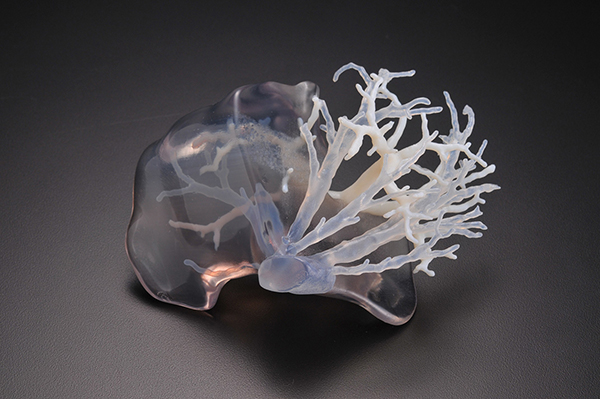The emergence of 3D printing has revolutionized the way parts and products are created in many industries. And the medical industry is left far behind. There are four main applications in the medical field for 3D printing.
This technology has shown promising results in replacing human organs in transplant operations; it can help assist in a successful surgery, create less expensive versions of surgical tools, and even improve the lives of those who need prosthetics.
Core Uses of 3D Printing in the Medical Field
Creating Tissues and Organs
One of the first applications of 3D printing in the medical field is bioprinting. Instead of using metal or plastic, the bioprinters are using live cells called bio-ink. The mechanism is the same, a pipette is used to layer the living cells on top of one another to create a fabricated living tissue inside the laboratory.
These organoids are used in medical research to copy the organs on a smaller scale. If successful, it will be the cheaper alternative for use in organ transplants in humans.

Medical 3D printing applications*
Preparing for Complicated Surgeries With 3D Models
Another creative use of 3D printing in the same field is the creation of customized organ replicas where surgeons can practice the procedure before conducting complicated surgeries. It allows surgeons to rehearse on the model before they do the actual procedure, especially for more complicated surgery.
Most spinal procedures and full-face transplants are successful because they are performed on dummies first before working on the patient. Routine practice is now becoming part of the pre-surgery prep for most surgeons.
Manufacturing Surgical Instruments
3D printing is used to make sterile surgical instruments like scalpel handles, hemostats, forceps, and clamps. Aside from these surgical instruments, this manufacturing process can also make precise and small instruments that can be used to operate in tight areas. Without these small, customized instruments, other tools could create potential damage to the patients.
The main benefit of using 3D printing is its ability to produce surgical instruments at a significantly lower cost.
Producing Custom-made Prosthetics
Another application of 3D printing is in creating customized prosthetic limbs that can perfectly fit the wearer. Many amputees would wait for weeks and even months for them to receive their prosthetics following the standard protocol. But with 3D printing, the process is significantly quick, and the prosthetics are much cheaper compared with the traditionally manufactured option.
With the lower cost, even children can now have access to prosthetics, as they can outgrow their limbs in time. The manufacturing process also allows the prosthetic to respond to the specific needs of the user. It gives a more natural fit and appearance. It facilitates the system to model the prosthetics from the own limb of the user using a scanning technique.
Additive manufacturing or 3D printing is the latest technology that helps the medical industry to tackle complicated issues, create instruments at a lower cost, prepare surgeons before surgery, and create affordable and custom-made prosthetics. Its contribution to the industry is growing further, and we can’t wait for the next innovations using 3D printing.
Reference
*Image from https://www.3dhubs.com/
